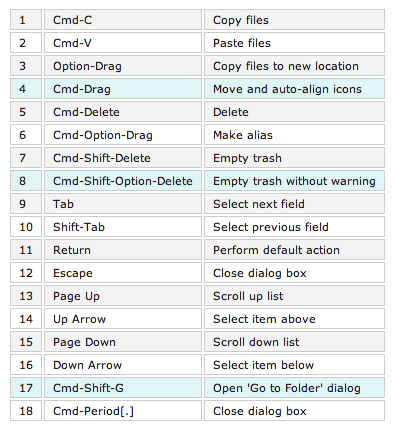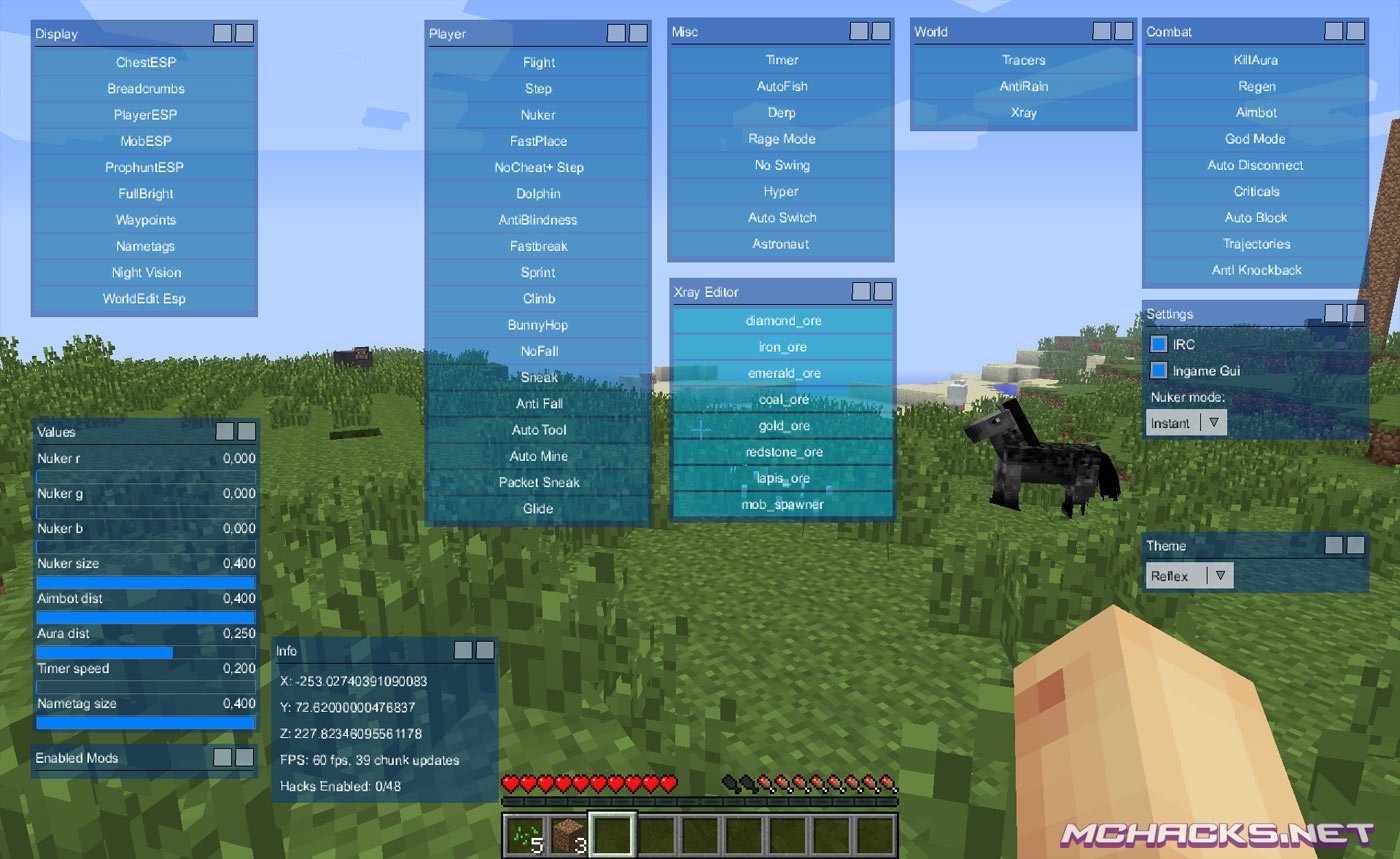

- #A short command does not display on a short menu how to#
- #A short command does not display on a short menu windows#
I typically use this action for creating shortcuts. Update: Modify settings of an existing shortcut for computers or users. If the shortcut exists, it will overwrite it. The end result is if the shortcut does not exist it will create it. Replace: Delete and recreate a shortcut for computers or users. I’ll give a brief description of each.Ĭreate: Create a new shortcut for computers or usersĭelete: Use this to delete a shortcut for computers or users What is the difference Between Create and Update? You have to change the GPO action to Delete. If you delete the GPO the shortcut still exists.
#A short command does not display on a short menu how to#
How to Delete a Shortcut Using GPOĭeleting or unlinking a GPO that adds a shortcut does not remove the shortcut. This makes it super easy to control who gets the GPO. Now only the users in the Desktop-Shortcut-Group will get the shortcut added to the desktop. I have a group called “Desktop-Shortcut-Group” I select the group and click OK. I want to use a Security Group to add the desktop shortcut, so I select “Security Group” You can see there are a lot of options to choose from.

Then click “Item-level targeting” and click the Targeting button On the GPO shortcut screen click on Common With item level targeting I can then define a security group that this GPO will only be applied. I’m going to link a GPO to add a shortcut to the root of my user’s OU. I’ll walk through an example and target a security group. For example, you can target users in a security group or computers with a specific IP address or operating system. In the GPO settings, it is called Item-level targeting and it allows you to apply the GPO to very specific users and computers. This is a really cool Group Policy feature. This way if I want to add a desktop shortcut for just the Marketing department I can apply the GPO to the Marketing OU.Īgain, this only works if you have AD organized. For example, I typically organize users by the department. This will depend on how you have your Active Directory organized. The first option is to apply the GPO to a specific OU. Now let’s look at how you can target a specific group of users for adding a shortcut. The first two examples added a shortcut to the all users desktop. The steps are almost the same as adding a URL shortcut you just change the target type and target path. Run gpupdate command on the computer and the shortcut will appear. Here are the settingsįor target type select “File System Object” and in target path enter the UNC path. You can create a new GPO or add an additional shortcut to an existing GPO. In this example, I will add a desktop shortcut to a network shared folder. Add a Folder to the Desktop With Group Policy Any user that logs into the computer will have this shortcut. Open the command prompt and type gpupdate /forceĪfter running the gpupdate command the URL shortcut is added to the all users desktop. To force a GPO refresh you can reboot or run the gpupate /force command. GPO will refresh every 90 minutes on the desktops. When you have added your settings click ok. If you have a specific icon you can select it. On the New Shortcut Properties screen set the following: Right click shortcut select new > Shortcut
#A short command does not display on a short menu windows#
Give the GPO a name, I’ve called mine “User – Add Shortcut” Step 2: Edit GPO SettingsĮdit the new GPO and brose to these settings User Configuration > Preferences > Windows Settings and Shortcuts This OU has all of my users so the GPO will target all Sub Ous. I’m going to create and link a new GPO to my ADPRO Users OU. If you want to target everyone in the domain then you could add it to the root. Add a new GPO to the OU that contains the users you want to target. Open the Group Policy Management Console and add a new GPO.

In this example, I’ll create a URL shortcut to my website Step 1: Create a new GPO To add a URL shortcut to all users desktop follow these steps. Create Desktop Shortcut for All Users Using GPO This most common use is to add a shortcut to all users desktops so let’s jump into an example. You can also easily target specific computers and users with group policy item level targeting. With group policy, you can easily add shortcuts to all users desktops, the start menu, toolbar, and so on.


 0 kommentar(er)
0 kommentar(er)
